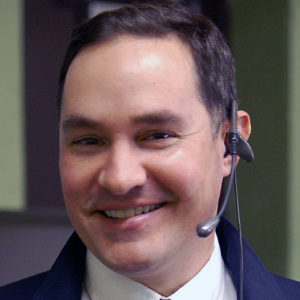
Sales automation tools can help at all kinds of different places in the funnel. Prospect.io is a sales automation platform that helps you start conversations and improve sales teams productivity. Today’s guests, Forster Perelsztejn and Iulian Boia are Prospect’s Head of Acquisition and Head of Customer Success respectively. They’re joining today’s episode from Brussels. Listen … Read more
Episode 118: Sales are all in the Details – Nick Hart
Making a sale is rarely a one-and-done encounter. Instead, it’s an ongoing process and a series of conversations, sometimes with multiple different people. In order to sell effectively, you need to be able to keep up with important details about each prospect, including what your last conversation entailed and when is the best time to … Read more
Episode 117: Centering the Customers’ Needs
It may be possible to use manipulative sales techniques to sell people things that they don’t really want or need. But do you really want to do that, and is it really a good strategy in the long run? Today’s guest talks about the importance of centering the customer’s needs, even if that means passing … Read more
Episode 116: Data Assessment with a Sentiment Analysis – Donato Diorio
Today’s guest is someone that you’ve heard on the podcast before. Donato Diorio joined us on a previous episode to talk about the virtue of voicemail and how to handle voicemail properly. Today he’s with us to talk about a different subject. Donato is the founder and principal consultant at a company called DataZ, and … Read more
Episode 115: Maintaining Relationships with Prospects – Nick Hart
Prospecting involves more than just one conversation. It’s a series of conversations, and as the prospector, it’s up to you to keep the interactions going. This can result in a lot of work. You need to remember when the last time was that you talked to a particular prospect, work out when the next good … Read more
Episode 114: Timing is Everything – Alex Greer
When you’re prospecting, having just a little bit of information can be the key to getting your foot in the door and growing your pipeline. Timing your call or email just right or having the perfect conversation starter can make all the difference when it comes to making a sale. If you know that the … Read more
